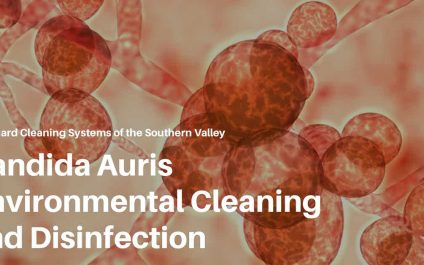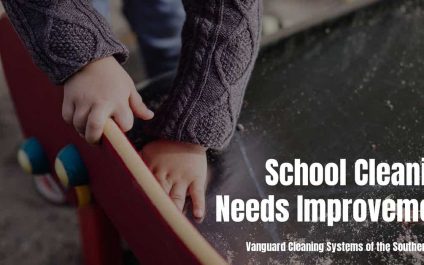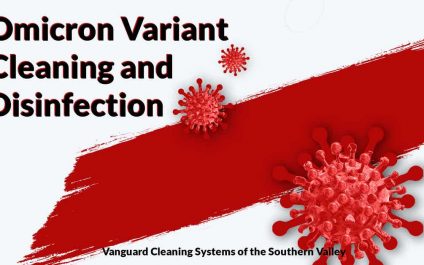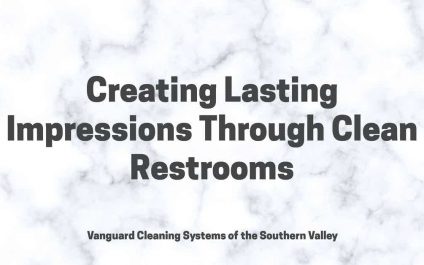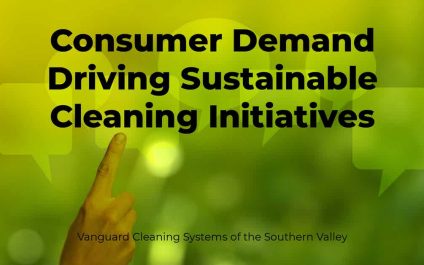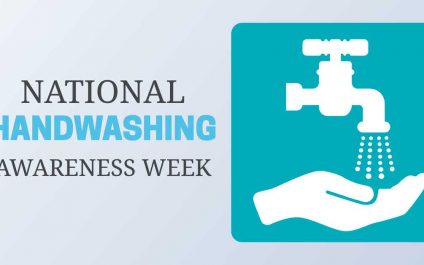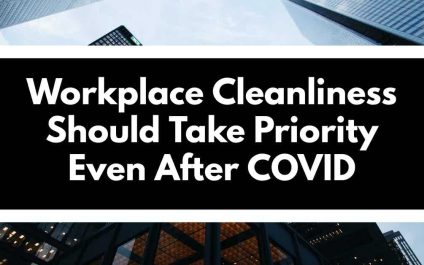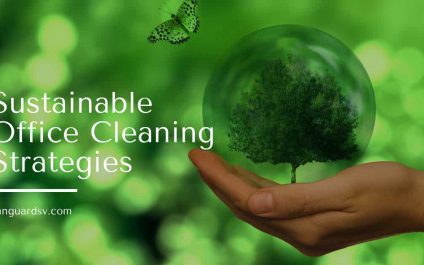The US Centers for Disease Control and Prevention recently updated its FluView Influenza Surveillance Report showing a concerning spike in Influenza Type-A H3N2 infections and hospitalizations among all age groups, especially those 25 years and older.
A New Year, A New Flu
2021 saw a plodding start to the cold and flu season, leaving many to hope that it would match the previous year and be, blessedly, all but absent.


